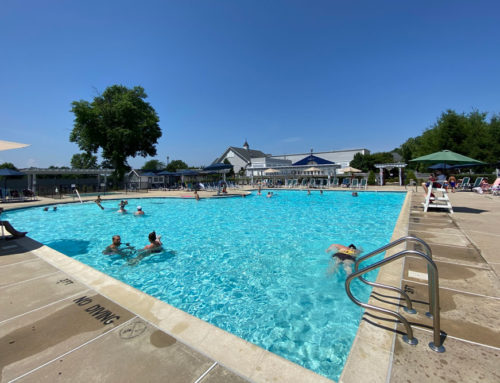Swimming pools have been around for decades, and while traditional marketing methods such as posting in the local newspaper are still relevant, other means of communication, like social media, have grown in popularity. These outlets are important in attracting younger consumers, and pool management should consider creating and maintaining these pages.
Social media has become a viable way for businesses to create brand loyalty. Though some of the biggest successes were overseen by marketing departments or outsourced companies, there’s no reason that local pools can’t embrace the same concept.
Know what social media can do
Though posting in the newspaper and updating the pool’s website are good practices, people don’t receive the news immediately. Gaining followers and likes on social media websites can ensure that members of the community are aware of updates right away. It’s no secret that people of all ages check these pages frequently, according to Pew Research.
Social media isn’t necessarily a way of increasing attendance. It’s a chance to show prospective swimmers your facility’s atmosphere,commitment to safety and customer service. Though you’ll have the opportunity to post about new fixtures or renovation projects specific to your pool, you can also bring attention to the importance of swimming lessons and adult supervision. If you don’t know where to start with the process, here are some tips.
1. Find the right people: If you won’t be taking on the task yourself, think about which staff member would be willing to update the sites and answer any questions in a timely manner. This should be someone who’s responsible, knows how to be professional and is familiar with social media.
2. Figure out the platforms: There are many social media sites to choose from, and though it may be tempting to simply join all of them at once, consider the upkeep. If the person tending to the sites has other responsibilities, they may fall behind on responding to questions, which can hurt your reputation on social media. You can start out with one platform and expand if you feel that each page can be managed properly.
3. Don’t overwhelm followers: There’s a fine line between useful, informative updates and spam. Chances are, you’ve had experience with both types of communication. Use your best judgment in the number of posts that are uploaded each day. Don’t hesitate to ask community members for suggestions either.
4. Keep it relevant: Though you should let your staff’s personality shine, you don’t want to go off-topic. Additionally, posts that don’t relate to your pool or its operations will be seen as spam and can hurt your efforts to reach out to loyal and prospective swimmers. All updates should tie back to the pool and its practices and programs.
5. Interact with people: At some point, patrons or families looking for a good swimming facility will ask a question. People who are in charge of the social media pages should respond promptly. This shows good customer service and a commitment to patron satisfaction in and out of the pool.
Rather than viewing social media as an additional responsibility, consider it as an opportunity for the various departments to work together for a greater good. Managers, maintenance technicians and lifeguards will have a chance to speak up about their important work. You can even establish a cycling schedule of posts that pertain to the different areas of operating a commercial pool. This can give swimmers more insight into the industry and possibly draw interest to the various professions. This can be especially useful prior to peak season, when pools are working hard to find, hire and train lifeguards.






